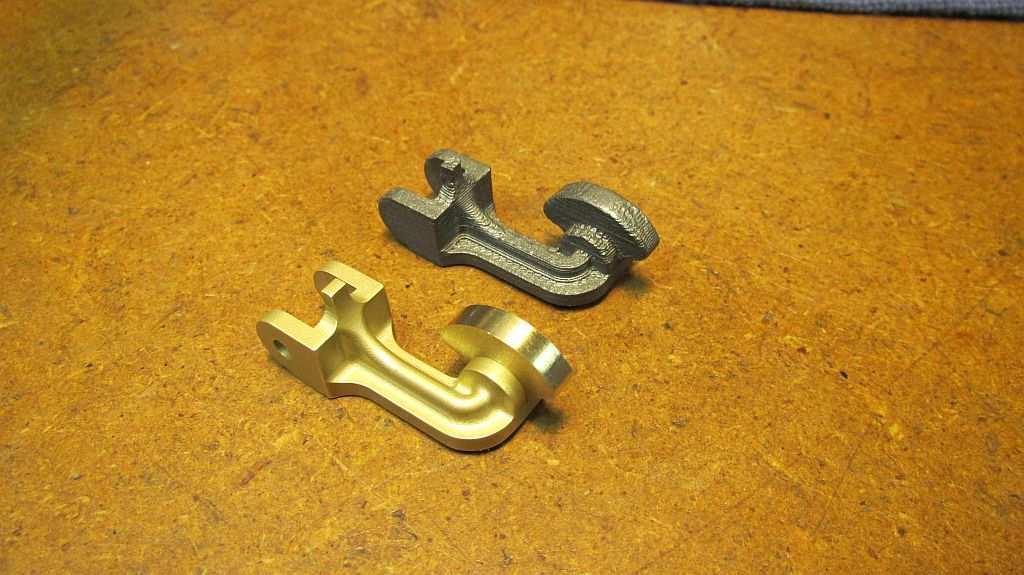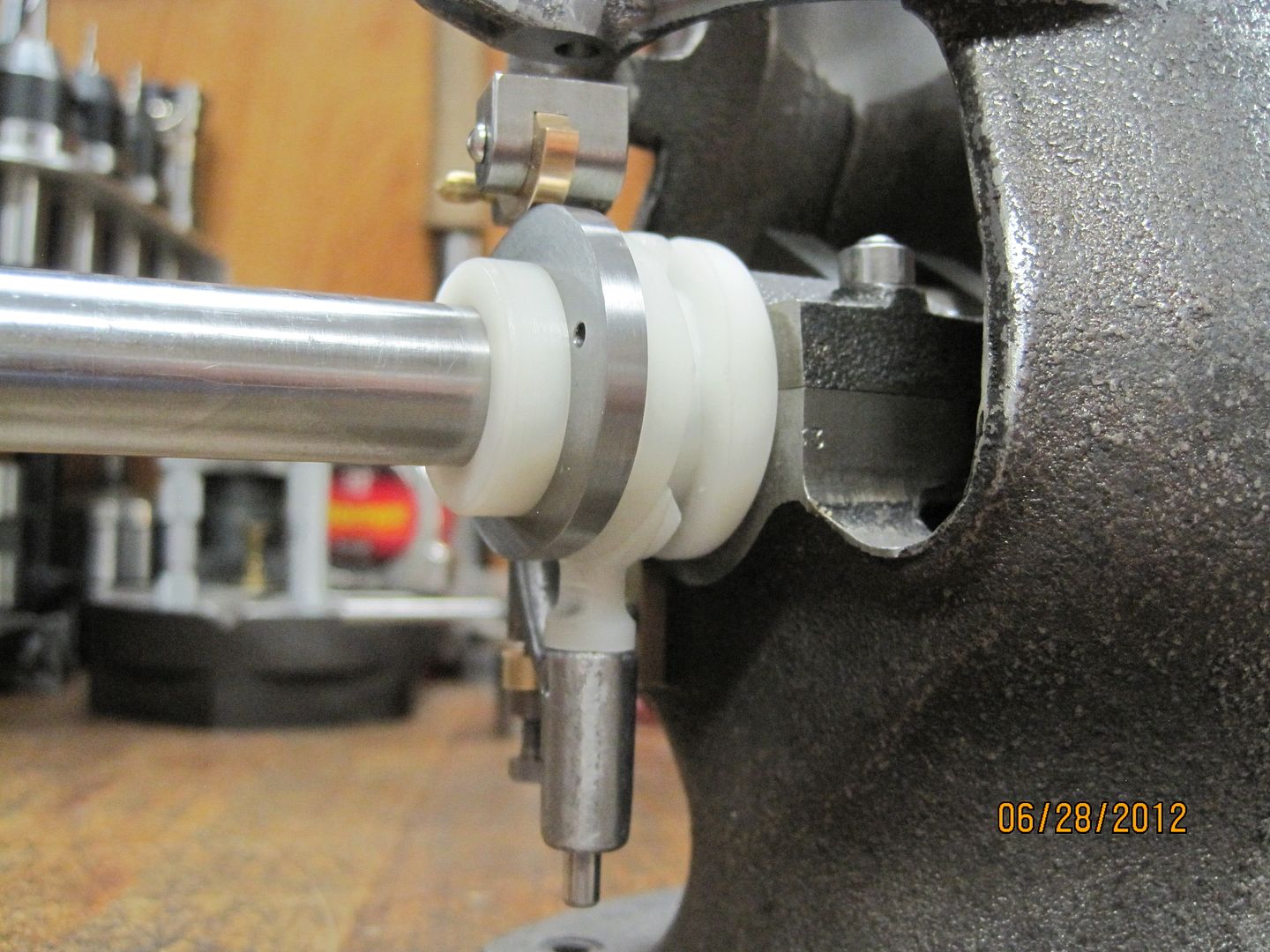vascon2196
Well-Known Member
- Joined
- Oct 2, 2009
- Messages
- 1,026
- Reaction score
- 312
Folks....all CAD programs are a great addition to this hobby wether they are 2D or 3D based. I am just happy to see so many of you using CAD for your model engine designs. For me, there is nothing more fun than modeling an old antique engine from old blueprints to see how it "runs" on the screen.
I teach SolidWorks and I am a CSWE (Certified SolidWorks Expert) so of course I always push for SolidWorks whenever I can.
Alibre is a fantastic program for the price and if I did not have the capability of getting SolidWorks for free through the college I would choose a program that fits my budget...
Let me do a little more research to see if a seat of the student edition or educational edition can be aquired the right way...in other words not a pirated copy or a license from some random company. It probablty does not exist but SolidWorks just does not realize the market they could get from great people like all of you!
Take care folks...
I teach SolidWorks and I am a CSWE (Certified SolidWorks Expert) so of course I always push for SolidWorks whenever I can.
Alibre is a fantastic program for the price and if I did not have the capability of getting SolidWorks for free through the college I would choose a program that fits my budget...
Let me do a little more research to see if a seat of the student edition or educational edition can be aquired the right way...in other words not a pirated copy or a license from some random company. It probablty does not exist but SolidWorks just does not realize the market they could get from great people like all of you!
Take care folks...









